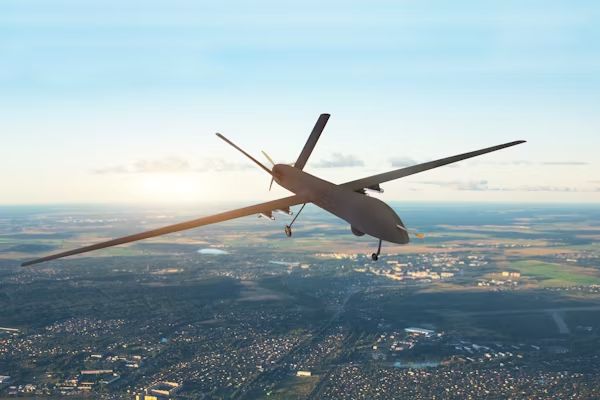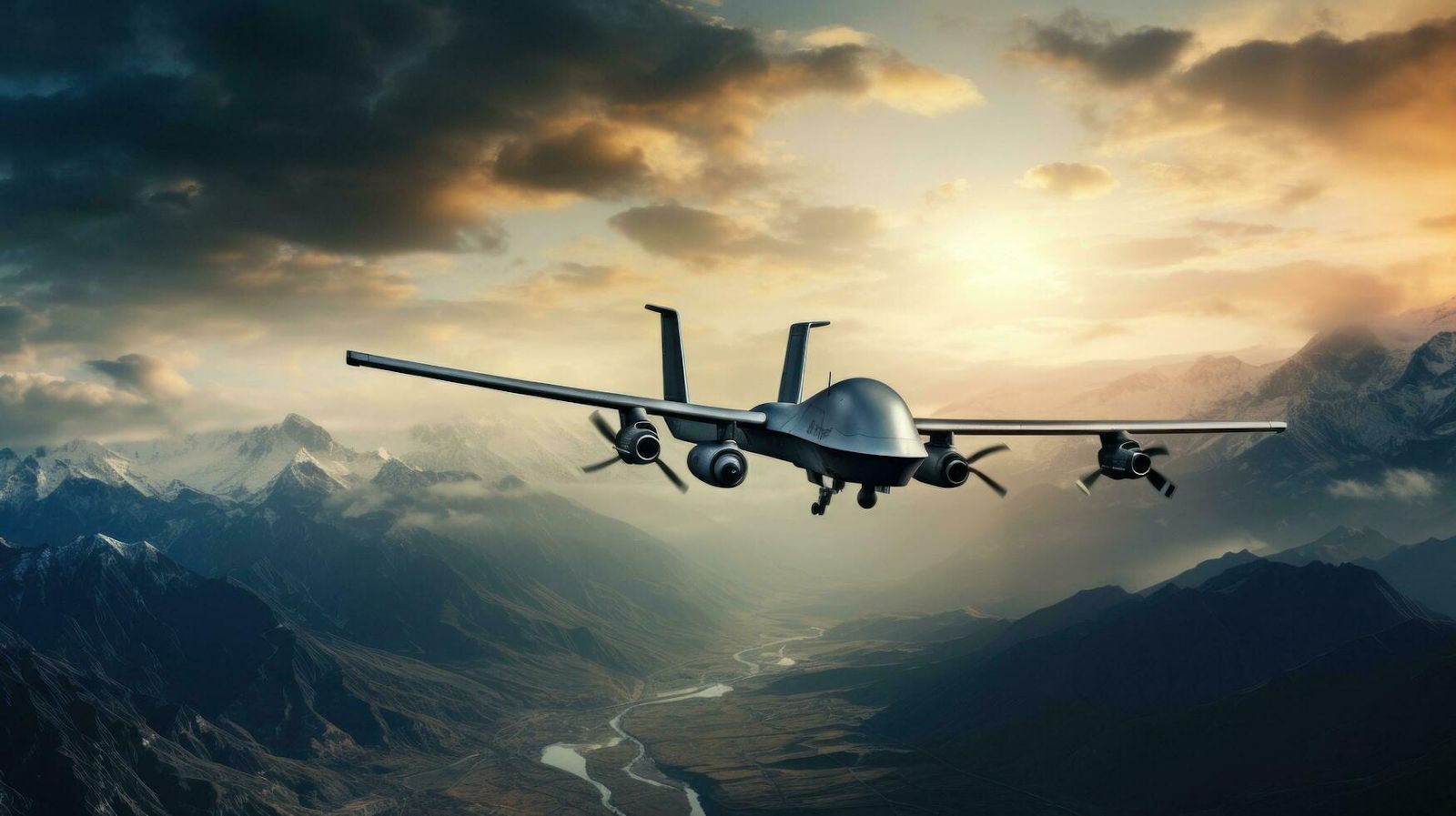
Cybersecurity Challenges and Defense Strategies for Military Drones
November 20, 2025
Topics
- cybersecurity
- military
- drones

November 20, 2025
Topics
Military drones—formally grouped under unmanned aircraft systems (UAS)—are remote or autonomously operated aircraft used to collect intelligence, perform surveillance, and support combat missions. Because they do not require an onboard pilot, they reduce personnel exposure and can operate at lower cost than many traditional aircraft. Modern drones, however, rely heavily on embedded computers, navigation hardware, and complex software ecosystems. This dependence introduces technical risks: their guidance, communications, and onboard systems can become targets for cyber operations, including GPS manipulation, tampered firmware, and compromised supply-chain components.
Military drones face a growing set of cyber and electronic threats that target the systems they rely on most. Attackers can spoof or jam satellite-based navigation signals, pushing aircraft off course or stripping them of positional awareness. Weak encryption or poor key management on command links—especially over satellite channels—can expose mission data or even allow hostile control. At the hardware and firmware level, unverified updates, counterfeit components, or compromised development tools can implant persistent backdoors that survive normal maintenance. And when drones crash or are captured, adversaries can extract sensitive data from onboard storage, sensors, or flight software, revealing capabilities or helping them replicate the platform.
These cyber threats rarely happen in isolation. In modern conflicts, drone interference is often paired with broader electronic warfare, signal disruption, and even physical strikes. This integrated approach turns drones into multi-domain targets, forcing defenders to think beyond single-point vulnerabilities and consider how cyber, electronic, and kinetic pressures layer together on real missions.
Adversaries can target drones through a range of radio-frequency attacks, including signal spoofing, jamming, replaying control packets, or inserting themselves between the aircraft and operator through man-in-the-middle interception. Even before deployment, software supply-chain issues—like altered build tools, counterfeit chips, or unauthorized updates—can introduce malicious components that remain invisible until exploited. Once in the field, weak or misconfigured secure-boot processes and unprotected storage elements open the door to firmware persistence attacks, where hostile code can reinstall itself after updates or resets. Beyond the aircraft itself, vulnerabilities in satellite or ground-station infrastructure, such as weak authentication or outdated communication protocols, can expose mission telemetry or allow unauthorized access to critical control systems.

A widely reported case from 2011 involved the loss of an RQ-170 Sentinel, which was later displayed by Iran and claimed to have been studied for replication.
Elsewhere, ongoing conflicts in Eastern Europe and the Middle East show frequent examples of drones being jammed, spoofed, or captured due to electronic warfare and supply-chain weaknesses.
Even commercially derived airframes—when repurposed for military environments—can introduce vulnerabilities that escalate into operational failures if not properly hardened.
Defending military drones requires hardened navigation and RF handling, starting with authenticated satellite signals, inertial-sensor cross-checks for spoofing anomalies, and adaptive anti-jamming strategies built into the flight stack. Navigation and control software should also include logic to detect abnormal signal patterns before they escalate. Secure communications and key-lifecycle management are just as critical: strong encryption, hardware-based key storage, and mutual authentication ensure only authorized operators can reach the aircraft, while rapid key rotation and emergency zeroization provide safeguards if loss or capture is suspected. On the software side, trusted firmware and boot integrity demand strict signature verification across all modules and tightly controlled, fully logged update channels restricted to authenticated personnel.
Security has to extend into the supply chain as well, with vetted component vendors, maintained hardware and software bills of materials, and trusted or redundant sourcing for sensitive subsystems. Once deployed, onboard anomaly-detection systems—whether machine-learning models or heuristic checks—can flag irregular telemetry, suspicious RF behavior, or unexpected command inputs and trigger safe-return or controlled-shutdown procedures. Finally, operational security practices tie everything together: enforced encryption standards, geofencing rules, mission security checks, defined compromise-response actions, and pre-planned key-revocation steps. Continuous testing and red-team exercises, including spoofing, RF replay, and firmware tampering scenarios, help uncover vulnerabilities long before an adversary can take advantage of them.
Protecting military drones requires more than rugged hardware; it demands thorough cybersecurity planning and disciplined operational practices. Weak components, poorly protected firmware, and inadequate navigation defenses can undermine even advanced platforms. Effective protection relies on layered defenses, verified supply chains, dependable cryptographic mechanisms, intelligent onboard monitoring, and rigorous testing programs to ensure resilience against modern threats.
